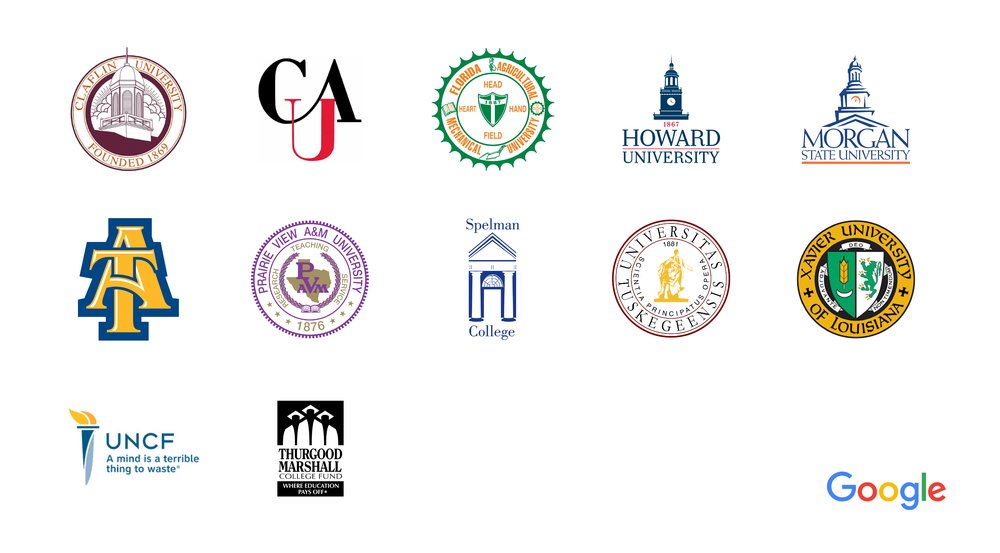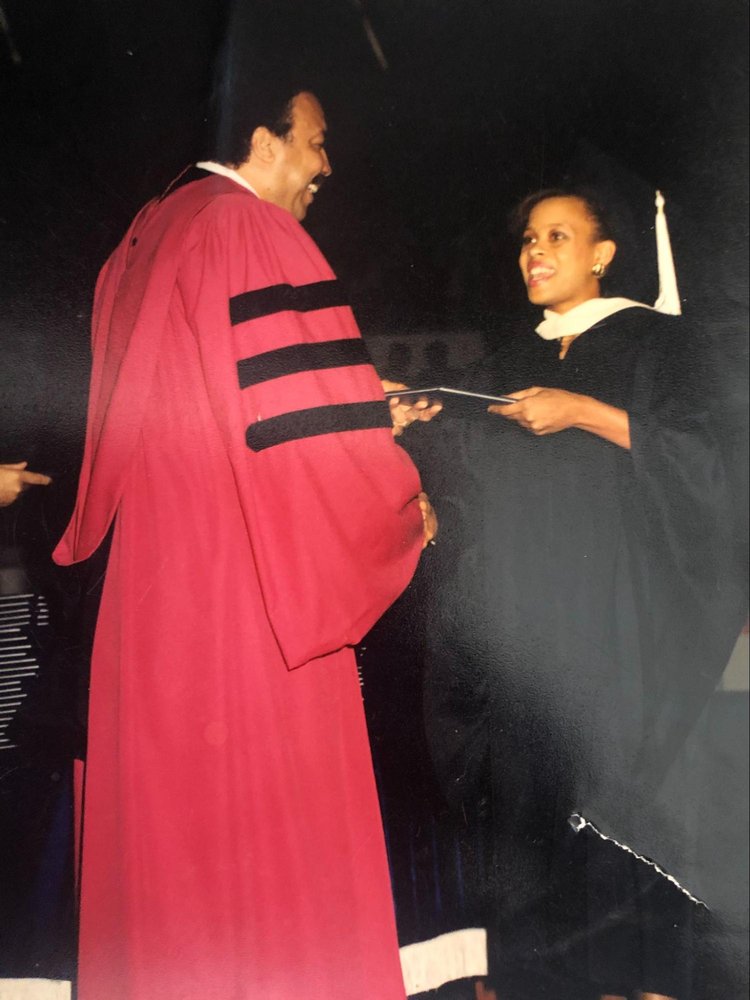People are searching for new ways to connect with their communities while being physically distant. I’ve focused my career on building initiatives and resources for minority groups within large companies. To ensure Google is a workplace where everyone can do their best work, we've spent the last several years understanding how employees from different backgrounds experience Google and building internal programs that foster an inclusive work environment.
As we navigate the impact of COVID-19 in our own workplace, it’s vital to continue building a culture of belonging. With much of our workforce working remotely, we’re focused on helping our employees connect and finding new ways to prioritize inclusion. Here are some of the lessons we’ve learned.
Help boost virtual connections
We know current events are impacting our employees in different ways. Some are balancing expanded childcare responsibilities, while others who live alone may be experiencing feelings of isolation. Based on early research, we see that people in underrepresented groups are likely being impacted disproportionately more, in general. To help, we’ve explored a variety of virtual formats for connecting people across Google and many of our Employee Resource Groups have extended their efforts to help underrepresented Googlers build community during this time. Our Black Googler Network hosts recurring virtual Yoga sessions, and our Women@Google chapters across the globe have been hosting virtual sessions for connection and career development. Our Asian Google Network has aggregated resources for their community and created office hours for members to connect online.
Manage equitably
Managers have a unique role in caring for teams, and we’ve asked our managers to work with their teams to create flexible work schedules. Having regular conversations with employees about how their attention might be divided and which projects should be prioritized is one way to see how they’re doing and help everyone remain connected. It’s also important to find solutions that work for both our roles and needs at home. We temporarily expanded our existing Carer's Leave policy to support employees who need to take time off to look after their children. And beyond formal policies, managers play a critical role in ensuring employees feel supported and included.
Help people speak up
Remote meetings keep us connected, but video conversations can make it tougher for some participants to speak up. We want everyone to feel comfortable, empowered and heard, because it makes them—and all of us—more successful. To ensure everyone’s voices are recognized, use multi-sensory cues to indicate who’s speaking and who’s listening. We encourage employees to avoid relying only on visual cues like hand gestures because people with visual impairments, or who are temporarily distracted or have bad internet connection, may not be able to see them. We also recommend appointing a moderator separate from the speaker, if possible, to help participants ask questions in real time. A moderator lessens the onus on the speaker to pay attention to participants’ body language or their unmuting, as well as on participants to figure out when they can chime in. It’s also a good idea to leave space in the meeting for those who’ve been quiet to contribute by saving time and opening up for input, but don’t feel like you have to “go around the room”—equal time doesn’t always mean equal contribution. Some people formulate and communicate questions better by writing, so consider an accessible, shared channel or document for participants to type their questions and have the speaker or a moderator go through them. Bonus: The act of writing forces people to be more succinct and clear.
Make sure meetings and presentations are accessible
Accessibility is a core value at Google and it’s critical to our inclusion work. Real-time closed captions (CC) can help participants who are deaf or hard-of-hearing, aren’t fluent in the language being used or are unable to adequately use audio. Provide a phone dial-in option for those without strong internet access. Participants can also turn off their cameras to improve the connection or adjust the video quality. For presentations, using a large font size and high contrast (here’s how in Google Docs and Slides) helps people easily see images and read text. Slides are a useful tool, but not everyone may be able to see them, so we also recommend providing alternatives to purely visual information, like giving a verbal summary of a photo, chart or graph. If you’re going to share your slides, documents and other materials, remember to add alt text, or text description of the visual, to your images, graphs and charts so people who use screen readers know what visuals are being shown. Finally, when it comes to images, find ways to show diversity in race, skin tone, size, cultural background, name, hair type, ability, gender, age, geography and beyond. The people you use in your images should represent diverse backgrounds.
We’re committed to making Google a place where people of different views, backgrounds, and experiences can do their best work and show up for one another. These tips aren’t exhaustive by any means, but they are a useful start to empowering people to meaningfully join in and contribute.

